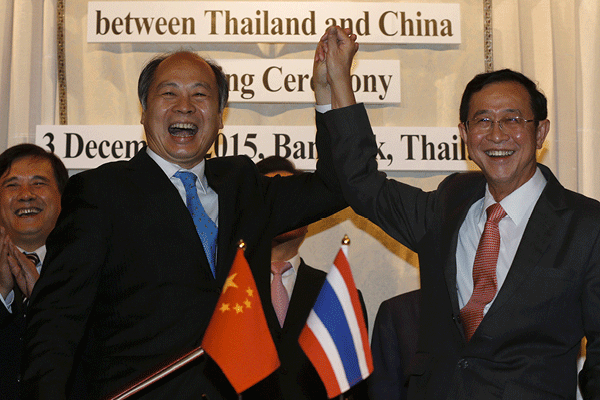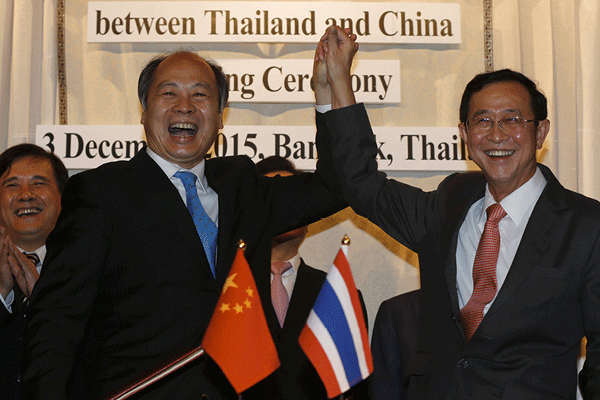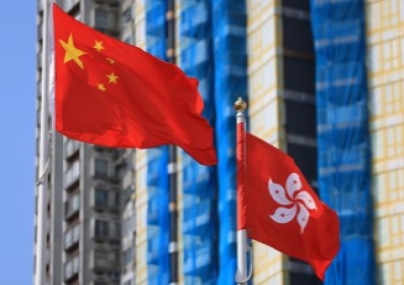
Countries in Southeast Asia have plans to build a rail network connecting the entire region. These ambitious transportation projects, however, face complex legal and regulatory challenges. By Haky Moon
With the rapid economic development in Southeast Asian countries, cross-border transportation projects have been gaining steam in the region. Indonesia, for example, has the $6.1 billion Jakarta-Bandung airport rail link and the $4.8 billion Bukit Asam Transpacific Railway, which connects various coal mines to Lampung port. High-speed rail links are also planned between Thailand and China through Laos, Malaysia and Singapore – a project that could cost up to $25 billion.
The scale and cost of the projects reflect the commitment of Southeast Asian governments to urbanise existing transportation systems, both domestically and regionally. And correspondingly, the legal work behind these projects is piling up, and even more so with international railway projects.
The projects’ international scope means that sufficient care must be taken to ensure that any dispute can be referred to suitable tribunals and that any foreign award can be enforced in the jurisdictions of both the project assets and the project parties. “At the very early stage, these infra-projects tend to be driven by the government. It typically needs commercial and political understanding. Legal works for railway projects, by nature, are very complicated. The more fragmented the ownership of the various railway assets, the more complicated the legal framework will have to be to manage all that,” says Justin Tan, a partner at Clyde & Co.
From the very beginning, lawyers would be involved to advise on possible legal frameworks and options that the government can adopt. Key things would be having a common understanding before signing any memorandum of understanding (MOU) between governments.
Back to topACROSS BORDERS
The international nature of projects creates its own challenges. “Perhaps in the next five to six years we may see a lot going on in the contractor’s side. There are a lot of challenges between cross-border projects,” says Niwes Phancharoenworakul, the Bangkok-based co-managing partner of Chandler MHM. “It’s really time consuming work dealing with a lot of policies and government offices.”
“When the project is not in the country, we need to contact lawyers in those countries,” says Ratana Poosombudlert, a senior partner at Chandler MHM. “Considering projects that are public private partnerships, there are some procedures, normally it will take a long time and it needs correct procedures to implement projects.”
“Right now, Thailand would like to expedite projects such as railway projects from Laos, but the negotiations are not finalized yet because financial terms are not clear,” says Ratana.
Transportation projects are mainly divided into five phases, visioning and policy, long-range planning and programming, environmental and preliminary design, final design, construction and lastly operations and maintenance.
Even long before the first phase of transportation projects takes place, legal advisors are brought in to discuss appropriate funding models for each country. “The legal situation changes once companies cross borders. Operational issues change and coordination is needed between governments before companies can even call for the tender process,” says Tan.
The tender process is a process whereby governments and financial institutions invite bids for large projects that must be submitted before a deadline.
Back to topPUBLIC AND PRIVATE
That said, so far in ASEAN there has been a trend of PPPs (public-private partnerships) becoming more and more prevalent, because most governments in the region do not have sufficient financial capabilities to fund the projects in their entirety.
Countries in Southeast Asia, except Singapore, lack project implementation or operational expertise, making PPP an attractive funding option. “On the legal side, some challenges come with grappling foreign investment rules, which are different in every country. A certain level of protectionism requires you to have a local partner,” says Tan.
“A lot of expensive lessons were learnt about what worked and what didn’t work, and that would be very useful when applied to less developed economies in Southeast Asia. Previously, these infrastructure services would be completely state-funded, but that puts burden on the taxpayers,” said Tan.
Nomita Nair, partner at Berwin Leighton Paisner, agrees. “The most important advice that legal advisers give involves technical and commercial aspects. For example, how will the government receive funding? How will the funding come to the project? The government appoints a consortium of consultants,” she says.
And even when funding has been discussed, another key challenge legal advisors would have to look at would be price competitiveness. The government imposes certain rules such as how much foreign sponsors can charge for railways and tickets, and adds specifications.
“Some specifications are on where the government wants the station to be, all of which can be driven by noneconomic factors. The government could say they want this train to stop here and there, but not this town because it might not be profitable. All of these have to be taken into account,” says Tan.
Aside from legal works surrounding funding, legal advisors in the region also face issues to do with local land policies, which are different among governments. “Policy is so important. For private sectors, it’s challenging to influence public sectors. Even if we really want to push forward with projects, we have to wait for the policy. You need the capacity of decision makers in governments to approve certain things. A lot of the time there are delays,” says Nair.
The best-case scenario is when the local partner is working in the foreign company’s favor, with the local partner likely being a prominent and well-connected company that can assist the foreign company with obtaining permits and licenses and land acquisition issues. But that isn’t always the case, and legal advisors are brought in, explaining why the region is now seeing “more international law firms opening up," according to Tan.
Back to topLAND CHALLENGES
“A challenge with a lot of infrastructure projects in this region is that there is often an insistence on some level of local ownership. As advisers we look at the extent of local sourcing materials and local labor when a foreign party is involved in these projects,” says Tan.
For instance, high-speed rail can only run on certain routes. The land that companies need to acquire is often non-negotiable. Many of the emerging economies in Southeast Asia don’t have strong compulsory land legislation in place like Singapore, and government-led projects like transportation face hurdles.
“This framework doesn’t exist in most Southeast Asian countries. And if you rely on verbal assurances it can be abandoned anytime. You have to look into the local legislative environment to see whether or not local parties will be able to deliver land acquisitions,” says Tan.
“When the infrastructure is going across countries, layers of complex issues are multiplied. Land acquisition, which is a hallmark of any transport project, would be discussed,” says Nair. “Generally, when it comes to intergovernmental agreements, you have to have two governments coming together and agreeing on different things. It’s a different regulatory framework. Private sector lawyers may not be involved at that stage.”
The reason behind this comes down to the cost of private sector lawyers. “Governments could seek advice on a discreet level, but most of the time in-house public sector teams deal with it,” says Nair.
“There’s always a risk there. Different policies such as immigration don’t get talked about a lot. It would be interesting to see how quickly things will get off the rails in Southeast Asia. It would be a very good case study on how it progresses and what sort of lessons can be learned,” she adds.
Back to top


